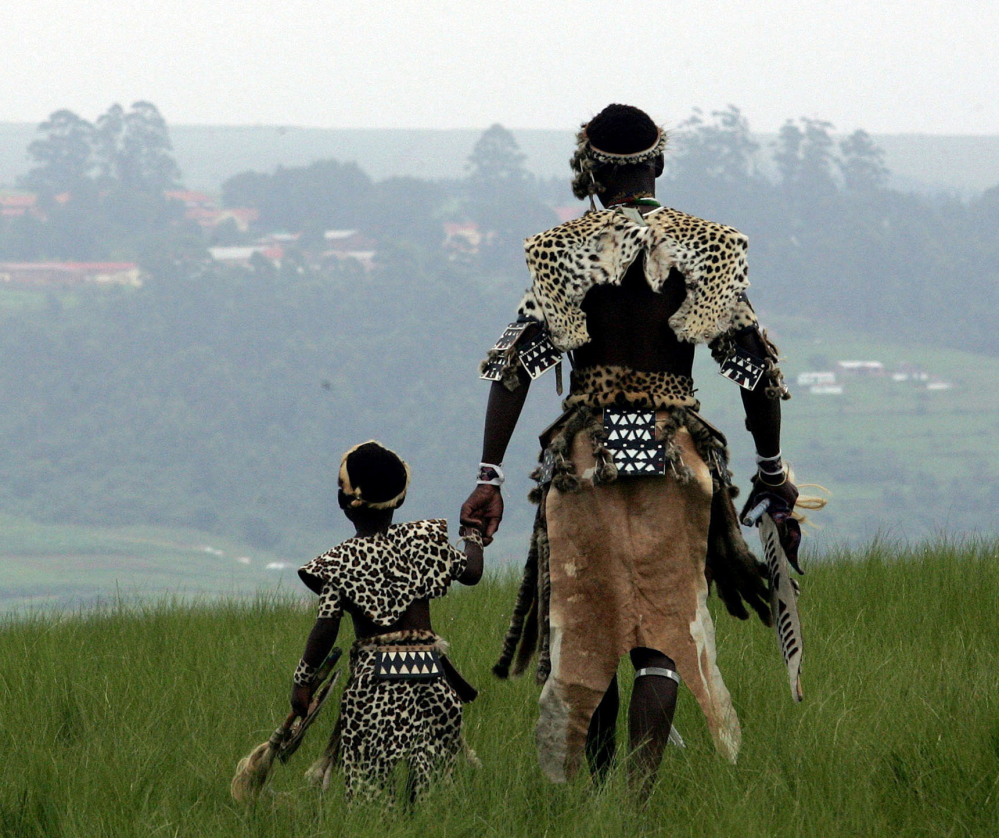DURBAN, South Africa — Many worshippers at a large religious gathering in South Africa this weekend will wear leopard skins, seen as symbols of status and power. But some of the pelts are fake, reflecting an effort by an international conservation group to reduce poaching of the threatened cats.
The Shembe church of southern Africa, which mixes Christian and traditional Zulu beliefs, is expected to draw many thousands of people Sunday near the city of Durban. Followers will come from across South Africa, as well as neighboring Zimbabwe and Mozambique.
The Panthera conservation group says it has donated more than 14,000 fake leopard skins to Shembe followers and that another 4,000 will be distributed. Demand for real leopard pelts in the Shembe community in South Africa has dropped by 50 percent because of the campaign, according to the group, which launched its “Furs for Life” project in 2013.
Africa’s leopard population has dropped over decades because of habitat loss, the loss of prey killed by poachers, illegal hunting of leopards for their skins and attacks by people who want to protect their livestock.
While there is limited data on leopard numbers across the continent, one study estimates the population in sub-Saharan Africa has dropped more than 30 percent over the past two decades. Leopards are listed as vulnerable on an international “red list” of threatened species.
Southern Africa is considered a relative stronghold for leopards, though Panthera estimates that as many as 2,500 leopards are killed annually for their skins in the region. The group says fewer than 5,000 leopards remain in South Africa.
Concerned about threats to the leopard population, South Africa in January 2016 banned the regulated “trophy” hunting of leopards.
Copy the Story LinkSend questions/comments to the editors.



Success. Please wait for the page to reload. If the page does not reload within 5 seconds, please refresh the page.
Enter your email and password to access comments.
Hi, to comment on stories you must . This profile is in addition to your subscription and website login.
Already have a commenting profile? .
Invalid username/password.
Please check your email to confirm and complete your registration.
Only subscribers are eligible to post comments. Please subscribe or login first for digital access. Here’s why.
Use the form below to reset your password. When you've submitted your account email, we will send an email with a reset code.